The term “digital transformation” has become a buzzword, often used to describe the changes businesses need to make to stay competitive. As a small business owner or entrepreneur, you may wonder how you can leverage digital transformation to your advantage. Digital transformation refers to the integration of digital technologies into various aspects of a business to enhance operations, improve customer experiences, and drive growth.
It involves reimagining traditional processes and adopting innovative strategies to stay relevant in an increasingly digital world. One of the key pillars of digital transformation is data-driven decision-making. This is the practice of using data and analytics to guide strategic choices and operational decisions. In this digital era, data is generated at an unprecedented scale, offering valuable insights into customer behaviour, market trends, and operational efficiencies.
Imagine you own a boutique clothing store and you’re deciding which new products to stock for the upcoming season. By relying on data, you can analyse customer preferences, purchase history, and market trends to make informed choices. This ensures you have the right inventory that resonates with your target audience, leading to increased sales and customer satisfaction.
The benefits for small businesses
Data-driven decision-making empowers small business owners and entrepreneurs with actionable insights that were once reserved for larger enterprises. Consider a restaurant owner who wants to expand their business. By analysing data on customer preferences, dining patterns, and online reviews, they can identify the most popular dishes and optimise their menu accordingly.
This data-driven approach ensures that their business expansion aligns with customer demand, reducing the risk of costly missteps. You see, by leveraging data, you can:
- Understand your customers better: analysing customer data allows you to gain deeper insights into your customers and identify their needs, preferences, and pain points. This knowledge helps you tailor your products, services, and marketing efforts to meet their expectations.
- Optimise operational efficiency: Data can uncover inefficiencies in your business processes and highlight areas for improvement. By streamlining operations based on data-driven insights, you can reduce costs, enhance productivity, and deliver better products or services.
- Stay ahead of the competition: In a competitive landscape, digital transformation and data-driven decision-making gives you a strategic advantage. By monitoring market trends, tracking competitor activities, and analysing customer feedback, you can identify opportunities (or threats) and adapt your business strategies accordingly. This empowers you to adapt quickly, innovate, and maintain a competitive edge.
Step 1: Assess your data needs and capabilities
The first step in implementing data-driven decision making is to assess your data needs and capabilities. Ask yourself the following questions:
- What are your business goals and objectives, and what data is relevant to achieving them? Identify the key metrics and data points that align with your business priorities.
- What data do you currently have access to? Evaluate the data sources available within your business, such as customer databases, sales records, or website analytics. Determine if you have the necessary tools and systems to collect and analyse data effectively.
- Are there any data gaps or limitations? Identify areas where you lack sufficient data and consider strategies to address those gaps, such as implementing data collection mechanisms or exploring partnerships with data providers.
Step 2: Identify sources of data
To leverage data for business growth, you need to identify and tap into relevant sources of data. Here are a few common sources to consider:
- Customer data: Collect information about your customers, such as demographics, purchasing behaviour, and preferences. This can be gathered through customer surveys, loyalty programs, website analytics, or social media insights.
- Sales and financial data: Track sales figures, revenue, profit margins, and other financial metrics. This data provides insights into product performance, pricing strategies, and overall business profitability.
- Operational data: analyse data related to your business operations, such as inventory levels, production efficiency, supply chain management, and customer support metrics. This information helps identify areas for improvement and optimise operational processes.
- Market data: Stay informed about industry trends, market research reports, competitor analysis, and consumer insights. This data helps you understand market dynamics, identify emerging opportunities, and adapt your strategies accordingly.
Step 3: Analyse and interpret data
Collecting data is just the first step; the real value lies in analysing and interpreting it to gain meaningful (and actionable) insights. Here’s how small businesses can make the most of their data:
- Define key metrics and KPIs: Identify the metrics and key performance indicators (KPIs) that are most relevant to your business goals. These allow you to measure progress, identify areas that need attention, and make data-driven decisions based on the KPI results.
- Utilise data analytics tools: Leverage data analytics tools and software, such as statistical analysis software or business intelligence platforms, to organise and analyse your data effectively. These tools can help you identify patterns and uncover trends and correlations that might not be apparent at first glance.
- Collaborate with data experts: If you lack the expertise or resources to analyse data internally, consider collaborating with data analysts or marketing specialists who can help you extract meaningful insights from your data.
- Data visualisation: Presenting data visually through charts, graphs, or dashboards can make it easier to understand and draw insights from complex datasets. Visual representations can reveal patterns and trends more intuitively, enabling better decision making.
Tools and technologies for data-driven decision-making
Numerous tools and technologies are available to support you in your journey towards data-driven decision-making. These tools can simplify data collection, analysis, and visualisation, empowering you to gain valuable insights. Let’s explore some key tools and technologies that can move you further along your digital transformation journey.
Data analytics platforms are powerful tools that enable businesses to collect, analyse, and interpret data effectively. These platforms often provide a range of functionalities, including:
- Data visualisation: Data visualisation tools allow you to present complex data in a visually appealing and easy-to-understand format. Charts, graphs, and interactive dashboards make it simpler to identify trends, patterns, and correlations.
- Statistical analysis: Statistical analysis tools help you uncover meaningful insights by applying statistical methods to your data. These tools can provide descriptive and inferential analysis, allowing you to make more informed decisions based on data-driven findings.
- Predictive modeling: Predictive modeling tools use historical data to make predictions about future outcomes. By applying algorithms and machine learning techniques, these tools can help you forecast trends, customer behaviour, and market dynamics.
Popular data analytics platforms include Tableau, Google Analytics, and Microsoft Power BI. Many of these platforms offer user-friendly interfaces and provide integrations with other business tools, making them accessible to small businesses with varying levels of technical expertise.
CRM software is a valuable asset for businesses looking to leverage customer data for data-driven decision making. CRM systems centralise customer information and provide features such as:
- Customer data management: CRM software allows you to capture and store customer data in a structured manner. It consolidates information from various touchpoints, including interactions, purchases, and communication history.
- Segmentation and targeting: With CRM systems, you can segment your customer base based on specific criteria, such as demographics, behavior, or purchase history. This segmentation enables you to tailor marketing campaigns and customer experiences to different customer groups.
- Performance tracking: CRM platforms often include reporting and analytics features that provide insights into customer engagement, sales performance, and campaign effectiveness. These metrics help you measure the impact of your data-driven strategies and identify areas for improvement.
Popular CRM solutions include Salesforce, HubSpot, and Zoho CRM. They offer scalable options suitable for small businesses and can be customized to align with specific industry needs.
Data integration tools facilitate the consolidation of data from different sources, allowing for a unified view of business operations. These tools provide capabilities such as:
- Data extraction and transformation: Data integration tools can extract data from various databases, systems, and applications. They enable data transformation and standardization, ensuring compatibility and consistency across different data sources.
- Data synchronisation: By synchronising data from different systems, data integration tools ensure real-time or near-real-time access to up-to-date information. This helps eliminate data silos and enhances data accuracy and reliability.
- Workflow automation: Some data integration tools offer workflow automation features, enabling seamless data transfers and updates across systems. This streamlines processes and saves time, allowing you to focus on data analysis and decision making.
Popular data integration tools include Talend, Informatica, and Microsoft Power Automate. These tools provide user-friendly interfaces and support various data formats, making them accessible to businesses with diverse data integration needs.
Artificial Intelligence (AI) and Machine Learning (ML) technologies are revolutionising data-driven decision making, providing advanced capabilities such as:
- Predictive analytics: AI and ML algorithms can analyse historical data to identify patterns and make predictions about future outcomes. These predictive analytics models can help businesses anticipate customer behavior, demand trends, and market fluctuations.
- Natural Language Processing (NLP): NLP enables machines to understand and interpret human language, including customer feedback, social media posts, and customer support interactions. By analysing textual data, businesses can gain valuable insights into customer sentiments and preferences.
- Personalisation and recommendation engines: AI-powered recommendation engines can analyse customer behaviour and preferences to provide personalised product recommendations. This enhances the customer experience, increases engagement, and drives sales.
AI and ML technologies are becoming more accessible to small businesses through cloud-based platforms such as Amazon Web Services (AWS), Google Cloud, and Microsoft Azure. These platforms offer pre-built AI models and APIs that can be integrated into existing systems and applications.
As you embark on your data-driven journey, it’s important to carefully evaluate and select the tools and technologies that best suit your specific needs and resources. Consider factors such as ease of use, scalability, cost, and compatibility with existing systems.
Embracing digital transformation
In today’s digital landscape, data-driven decision making has emerged as a cornerstone of success for small businesses and entrepreneurs. It’s not just a buzzword; it’s a fundamental mindset and practice that can revolutionise how small businesses operate and grow in the digital age. By harnessing the power of data, businesses can gain valuable insights, make informed decisions, and drive sustainable growth.
The digital landscape offers numerous channels and platforms for businesses to collect and analyse data. Whether it’s customer interactions, online transactions, or social media engagement, you have access to a wealth of data that can drive growth and competitive advantage. And various tools and technologies are available to support your data-driven journey, making data-driven approaches accessible to small businesses.
By embracing data, understanding its significance, and implementing the necessary steps and tools, small business owners and entrepreneurs can unlock valuable insights, optimise operations, improve customer experiences, and stay ahead of the competition. Embrace data-driven decision-making as a cornerstone of your digital transformation journey and pave the way for long-term success. And if you’re not sure where to start, we can help.







